Aging in place is a top priority for many seniors who wish to remain in their homes as they age. To ensure safety and comfort, strategic home modifications are key. In this post, we outline five essential aging-in-place renovations that our expert aging-in-place renovation company can provide to enhance senior safety and comfort.
1. Bathroom Modifications:
The bathroom is one of the most critical areas to address for aging-in-place renovations. Installing grab bars near the toilet and in the shower can prevent slips and falls. Consider replacing a traditional bathtub with a walk-in shower to reduce the risk of stepping over high sides.
For increased safety, non-slip flooring is a must in bathrooms. A hand-held showerhead offers greater flexibility and control, especially for those with limited mobility. Raised toilet seats can make sitting and standing easier. According to the National Home Builders Association, common aging-in-place updates include grab bars, curbless showers, and raised toilets.
2. Kitchen Adjustments:
The kitchen should be both accessible and functional for seniors. Lowering countertops can make meal preparation easier for those in wheelchairs. Pull-out shelves and drawers eliminate the need for bending and reaching, which can be challenging.
Touchless faucets enhance ease of use and hygiene. Proper lighting also plays a critical role in kitchen safety, reducing the risk of accidents. Upgrading to modern appliances with easy-to-read controls can simplify daily tasks, making the kitchen more user-friendly.
Expert renovation companies can help tailor these kitchen upgrades to fit the specific needs of aging-in-place clients. Our team provides custom design solutions that merge aesthetics and functionality, ensuring safety is never compromised.
3. Flooring Upgrades:
Flooring upgrades play a significant role in aging-in-place renovations. Replacing slippery floors with non-slip materials like vinyl or hardwood minimizes the risk of falls. Carpeted areas can also be swapped for smoother, safer surfaces.
Flush thresholds prevent trips and allow for easier wheelchair movement throughout the home. Avoiding or securing area rugs can further reduce slipping hazards. Materials like cork or rubber not only provide safety but also offer cushioning, making them easier on joints.
4. Lighting Enhancements:
Proper lighting enhances both safety and comfort for seniors. Installing brighter bulbs in frequently used areas, like hallways and staircases, reduces the risk of falls. Motion-sensor lighting is particularly effective for aging-in-place homes, eliminating the need to manually switch lights on and off.
Additional lighting fixtures can improve visibility in rooms, and adjustable lighting allows seniors to modify brightness levels to suit their activities. Incorporating nightlights and smart lighting systems can also improve nighttime navigation and provide convenience for seniors with limited mobility.
5. Exterior and Entryway Modifications:
The home’s entryway is another critical area in aging-in-place renovations. Installing ramps or zero-step entries can make homes more accessible for those with mobility challenges. Adding handrails to both sides of steps offers additional support.
Proper outdoor lighting improves security, while widening doorways ensures easy wheelchair access. For extra safety, features like video doorbells allow seniors to see who’s at the door without having to open it.
Aging in place requires thoughtful renovations focused on safety and comfort. From bathroom upgrades to exterior modifications, every detail contributes to creating a secure environment. If you’re looking for an expert design-build firm in Delaware County or Chester County, our team at Wenger Contracting has the experience and knowledge to bring your aging-in-place vision to life.

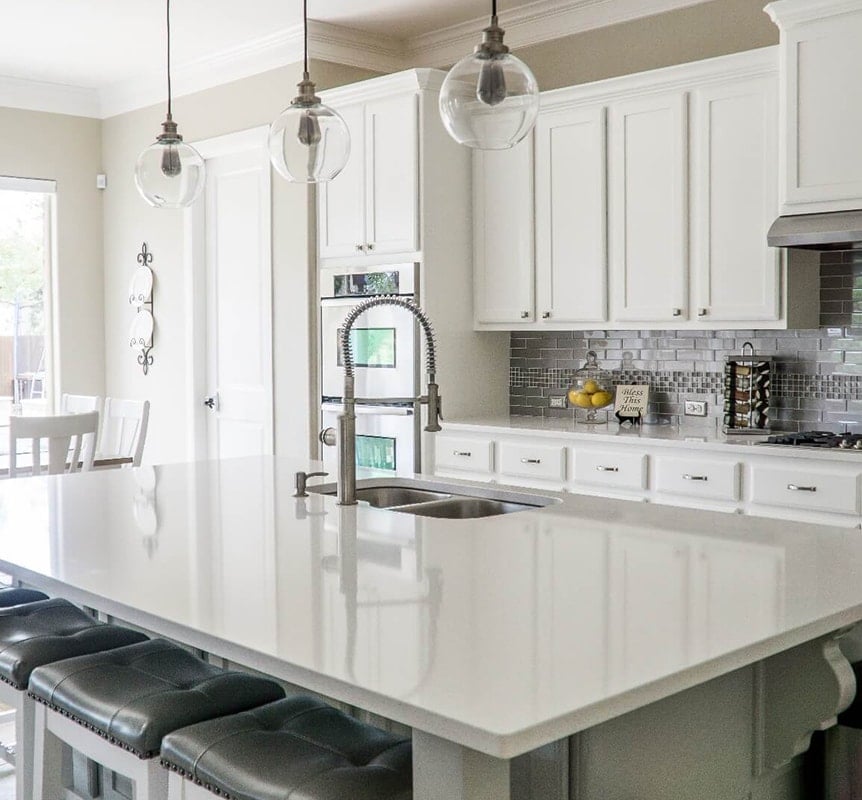
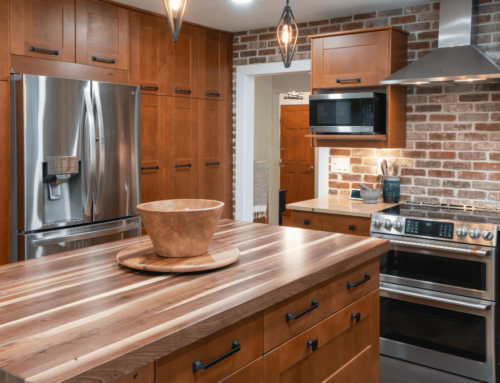
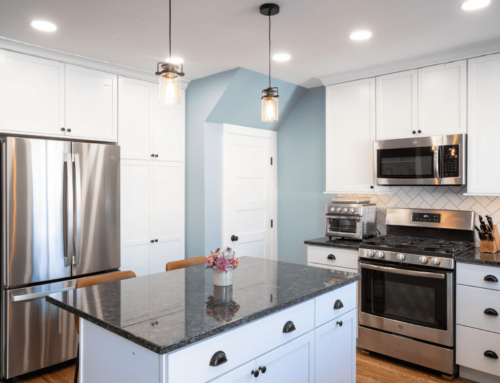
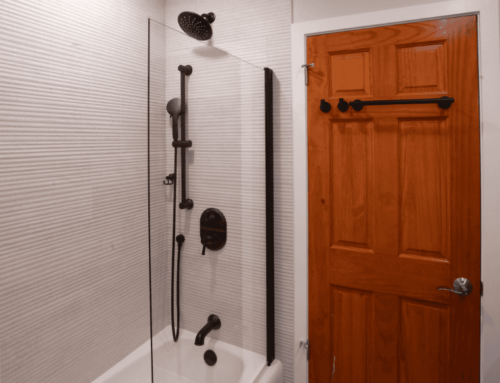
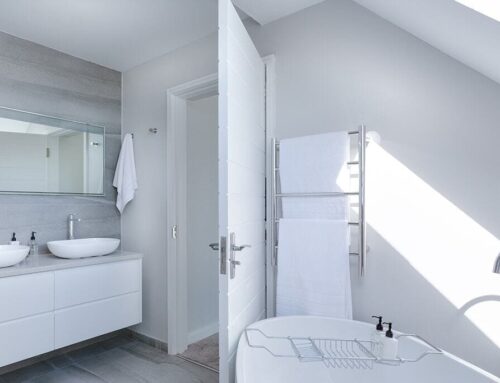



Leave A Comment